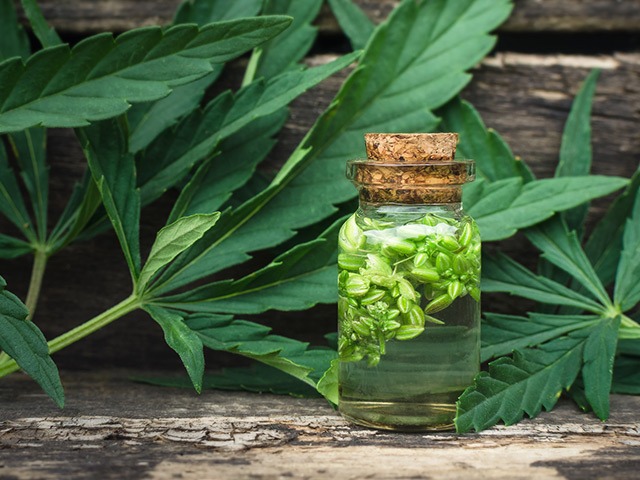Cannabidiol (CBD) is an oil unique to the hemp plant. CBD offers numerous potential health benefits such as reduced pain and inflammation and mood enhancement.
However, the mood-enhancing potential of CBD occurs without the psychoactive high associated with tetrahydrocannabinol (THC). For this reason, CBD has become a popular and safe natural remedy for depression, anxiety, and other mood disorders.
In addition, CBD is a complex compound as it interacts with a wide range of receptors in the human body in a variety of ways. These interactions, along with legal questions about hemp and CBD oil, have made CBD a challenge to understand.
Here, we explain exactly what CBD does for your body and brain. Learn how CBD naturally connects with different receptors in your brain to potentially make you feel better on many levels.
What is CBD?
CBD is one of at least 150 cannabinoids found naturally in the hemp plant. As one of the major phytocannabinoids in hemp, CBD accounts for up to 40% of the plant extract. CBD has little or no intoxicating effects for most people (although some have reported mild psychoactivity) and may even buffer the effects of tetrahydrocannabinol (THC).
In its raw form in the plant, CBD exists as its precursor: cannabidiol acid (CBDA). CBDA is converted to CBD after aging or decarboxylation (heating). Knowing which receptors CBD affects (and remember that science does not yet know precisely how, where, and why CBD works) is key to understanding its medical uses.
What does CBD do?
The first step to understanding what CBD does is to understand what your endocannabinoid system (ECS) does. The endocannabinoid system is an intricate network of enzymes, lipids, and receptors possessed by most mammals. Our ECS is largely responsible for creating and maintaining homeostasis (balance) in the body.
The scientific discovery of the endocannabinoid system in the 20th century was a game changer for human health. Scientists learned that hemp binds to different receptors in the brain, working in conjunction with the SEC to exert numerous health effects.
- Mood
- Immune response
- Pain and inflammation
- Appetite
- Memory
These are just a few of the crucial functions overseen by the SEC. In fact, even reproduction is involved in the functioning of the endocannabinoid system. It would be difficult to point to a body function that does not involve the SEC.
What does all this mean for medical hemp users? The discovery of the SEC and how hemp binds to its various receptors means that medical hemp can treat a wide variety of conditions. From cancer to epilepsy, the endocannabinoid system plays a vital role in maintaining balanced health.
Here are some ways in which CBD can connect with different receptors and exert therapeutic effects.

CBD and epilepsy
One of the biggest breakthroughs in hemp medicine is the Food and Drug Administration’s (FDA) approval of Epidiolex for severe forms of epilepsy. Epidiolex is the first non-synthetic hemp medicine to gain FDA approval. Visit their page where you discover this great information and practical advice about CBD.
In June 2018, the FDA approved this CBD oil-based prescription medication to control seizures in individuals with Dravet syndrome and Lennox-Gastaut syndrome, both severe forms of epilepsy.
The purified CBD in Epidiolex binds to different brain receptors to help control and prevent epileptic seizures. Epidiolex is especially significant for its safety profile and potential uses for children with epilepsy.
Unlike synthetic hemp-based medications such as dronabinol, Epidiolex does not carry the same types of side effects. Although rare, the most common side effects in patients treated with Epidiolex are fatigue, loss of appetite, and diarrhea.

